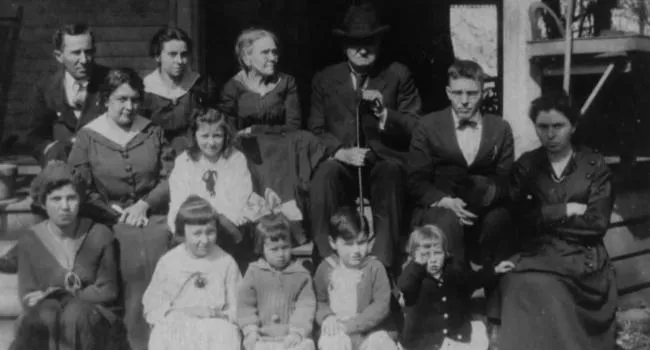In the early twentieth century, a trio of sisters from Charleston, SC, known as the Pollitzer sisters (Carrie, Mabel, and Anita) embraced the opportunities for social reform. The Pollitzers came from a prominent, wealthy Jewish family, who were active members of Kahal Kadosh Beth Elohim, the birthplace of Reform Judaism in America. The Pollitzer sisters, inspired by their father, actively took part in reform movements at the local and national levels, at a time when the Jewish community was not supporting suffrage. By moving within the art and political circles in the Jewish community, the Pollitzer sisters were able to gain momentum with their suffrage movement in Charleston. Carrie Pollitzer was crucial in getting the College of Charleston to admit women. Mabel Pollitzer opened Charleston’s first public library, and taught biology at Memminger High School for over forty years. Anita, the youngest of the Pollitzers, studied art at Columbia University in New York. While there, she befriended a young Georgia O’Keeffe, who was an unknown artist at that time. Although Anita spent most of her life outside of Charleston, she became one of South Carolina’s most well-known suffragists.
Standards
- 8-5 The student will understand the impact of Reconstruction, industrialization, and Progressivism on society and politics in South Carolina in the late nineteenth and early twentieth centuries.
- USHC-4 The student will demonstrate an understanding of the industrial development and the consequences of that development on society and politics during the second half of the nineteenth and the early twentieth centuries.
- USHC.3.CE Assess the causes and effects of significant turning points in the Populist and Progressive era from 1877–1924.
- This indicator was developed to encourage inquiry into how technology fostered the growth of the cotton industry, the factory system, and urban centers. In addition, this indicator facilitates inquiry into how the Abolitionist Movement and Women’s Rights Movements encouraged reforms.
- 8.3.CC Analyze debates and efforts to recognize the natural rights of marginalized groups during the period of expansion and sectionalism.
- 4.5.E Analyze multiple perspectives of the economic, political, and social effects of Reconstruction on different populations in the South and in other regions of the U.S.




